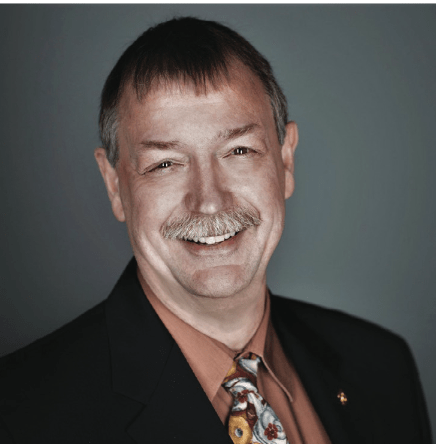Do you make ‘doctor-level’ decisions in your practice of providing oral appliances to treat disease? Do you think it matters which disease? Which insurance company covers the patient?

Medicine is heavily siloed – broken down by specialties who become incredibly talented in narrow areas of human health and disease. Prevention and other physiology-spanning approaches find little attention paid.
Dentistry, limited to only a few specialties, has many more generalists charged with whole-person health. Dr. L.D. Pankey taught us, as one of his key principles, to take the entire patient, not just their teeth, into account when providing optimum health care. Yet traditionally, when dentists have looked beyond the oral cavity, limitations are imposed by dentists, physicians, and governing bodies to keep a solid wall between practicing ‘dentistry’ and practicing ‘medicine.’
Enter ‘Dental Sleep Medicine,’ an increasingly outdated term as clinical experience and scientific research has shown how airway problems affect far more than sleep. Medicine, with one tool to treat the second-most commonly diagnosed disorder of sleep, is acknowledging that mechanically improving airway patency is not going to be achieved with PAP alone. Uncomfortably for their practice model, physicians have to prescribe not to widget purveyors with limited training, but to highly educated peers with their own ideas for how to help patients. Solutions involving the oral cavity are not off-the-shelf ‘fittings,’ but fully customized medical devices capable of causing harm as well as therapy.
Insurance companies, in control of nearly every medical decision made in this country, are struggling with this issue. Most understand that decisions must be made, treatment does not always follow a linear path, and there is human variation in response that requires doctors to manage. (Read Dr. Tache’s case report in this issue for a superb example.) Many allow dentists to enroll as providers, which opens doors for more people to be treated, while others refuse and insist patients navigate the uncertain territory of ‘out of network providers.’ CMS has recently hardened its position that dentists are considered merely device providers, with zero benefits for examination, imaging, or follow-up appointments, requiring a surety bond from licensed dentists like they do a medical supply store in the shopping center. CMS, hampered by a lack of clarity in their own published rules, provides different answers depending on who you speak with and has not shown us an unambiguous statement one way or the other, leaving dentists to follow disparate interpretations.
Meanwhile, there are tens of thousands of dentists charged with screening their patients for SRBD. Millions of people are learning about the importance of breathing well during sleep. With a fast-growing consumer sleep technology industry capable of easily guiding any interested party along the path to a more open airway during sleep, addressing simply observed symptoms like snoring and daytime sleepiness may become a drugstore issue. As these waves crash upon the bulkheads of traditionally siloed medical practice and the limitations imposed by licensure and insurance companies, it soon won’t matter much who lays claim to patients breathing poorly during the night.
People will find solutions that work for their best interests, not to keep things the way they’re done now. Dentistry and Medicine must join forces to make sure the truly needy patients are identified and offered treatment. Otherwise, the professionals will be pushed aside.
For more ideas about how dentistry and medicine join forces, read “Marketing to MDs: Building Strategic Alliances to Treat More Airway Patients.” The article discusses how dentists can “reach out to them to make a difference for the CPAP intolerant patients and the 85% of apnea patients who remain dangerously undiagnosed.”